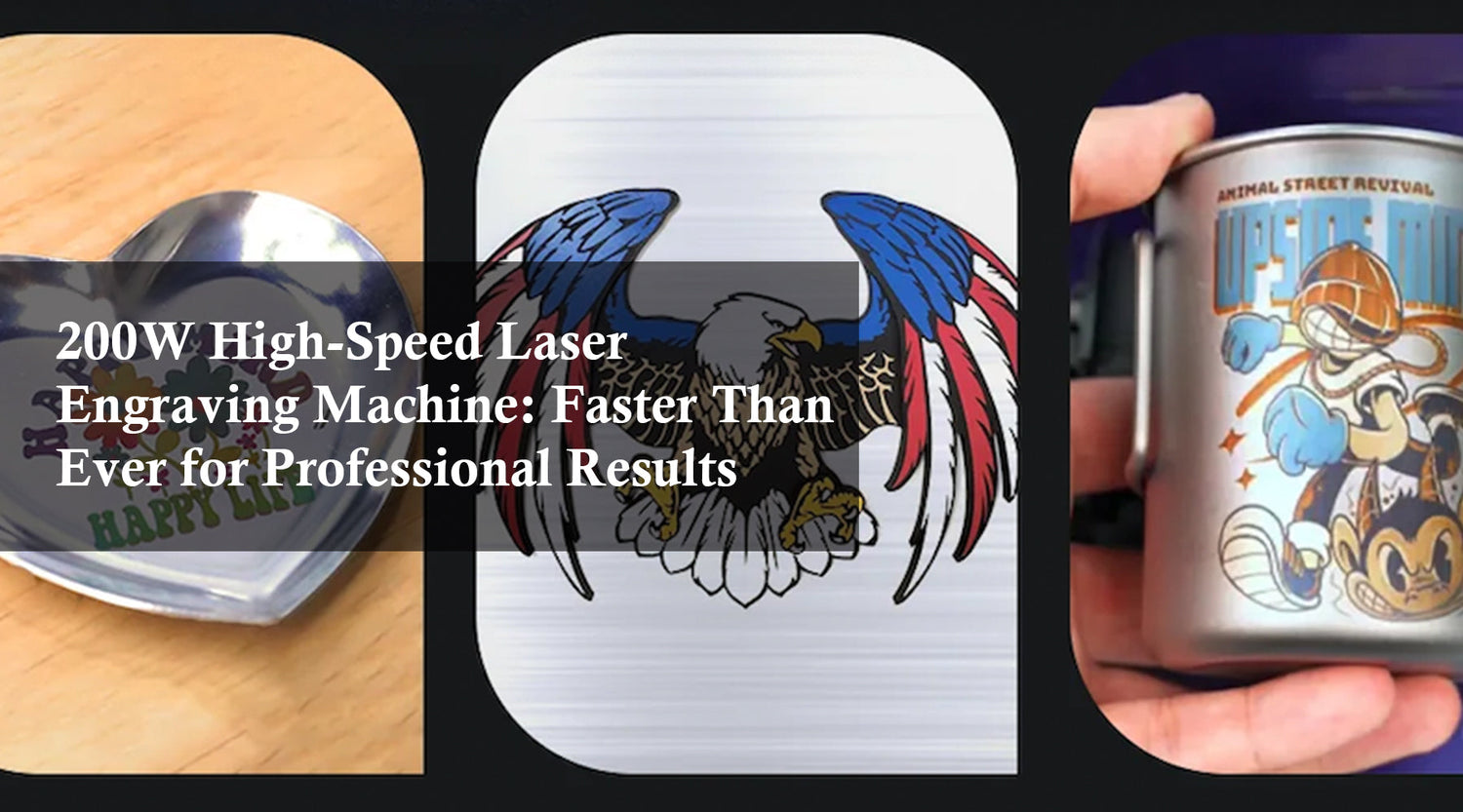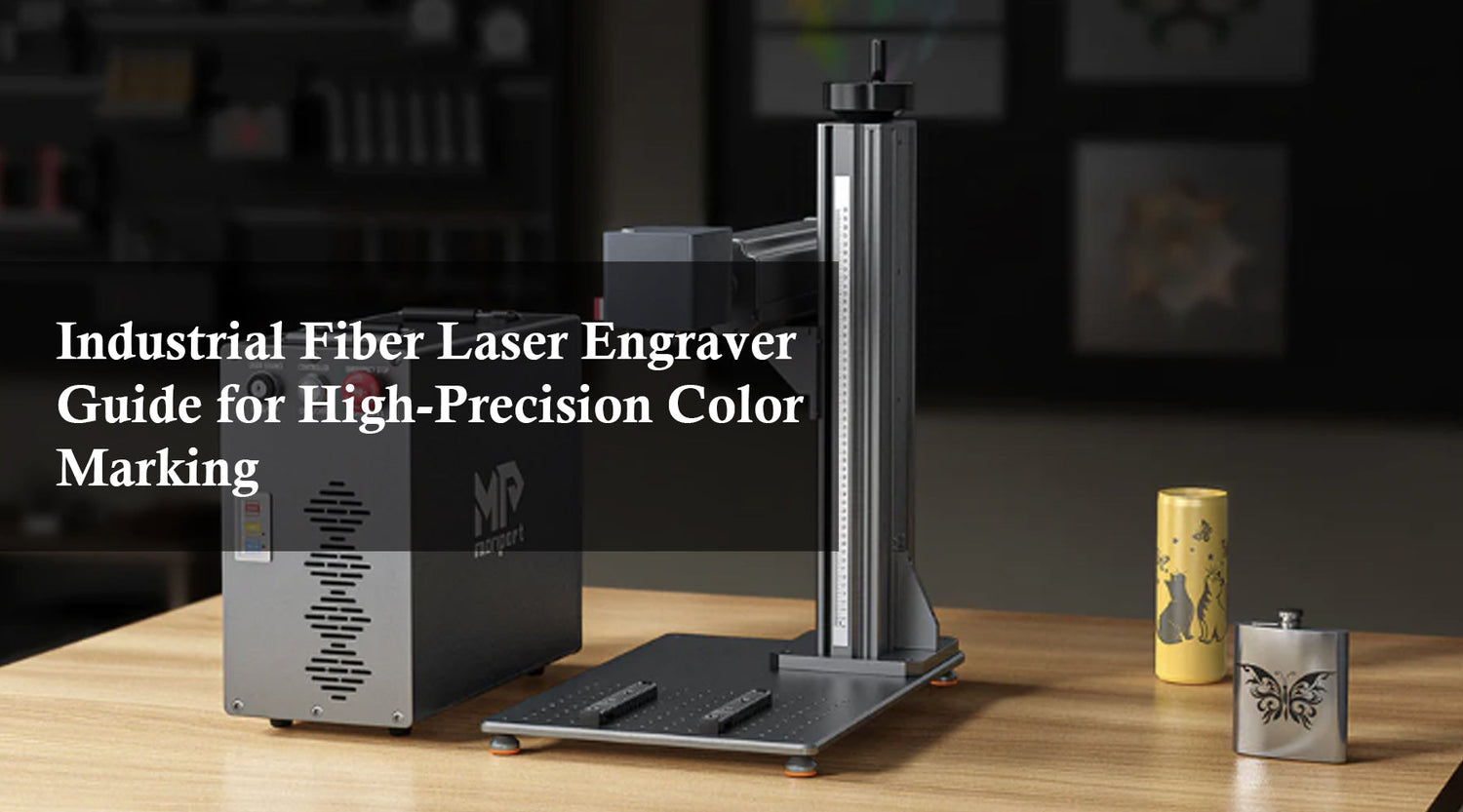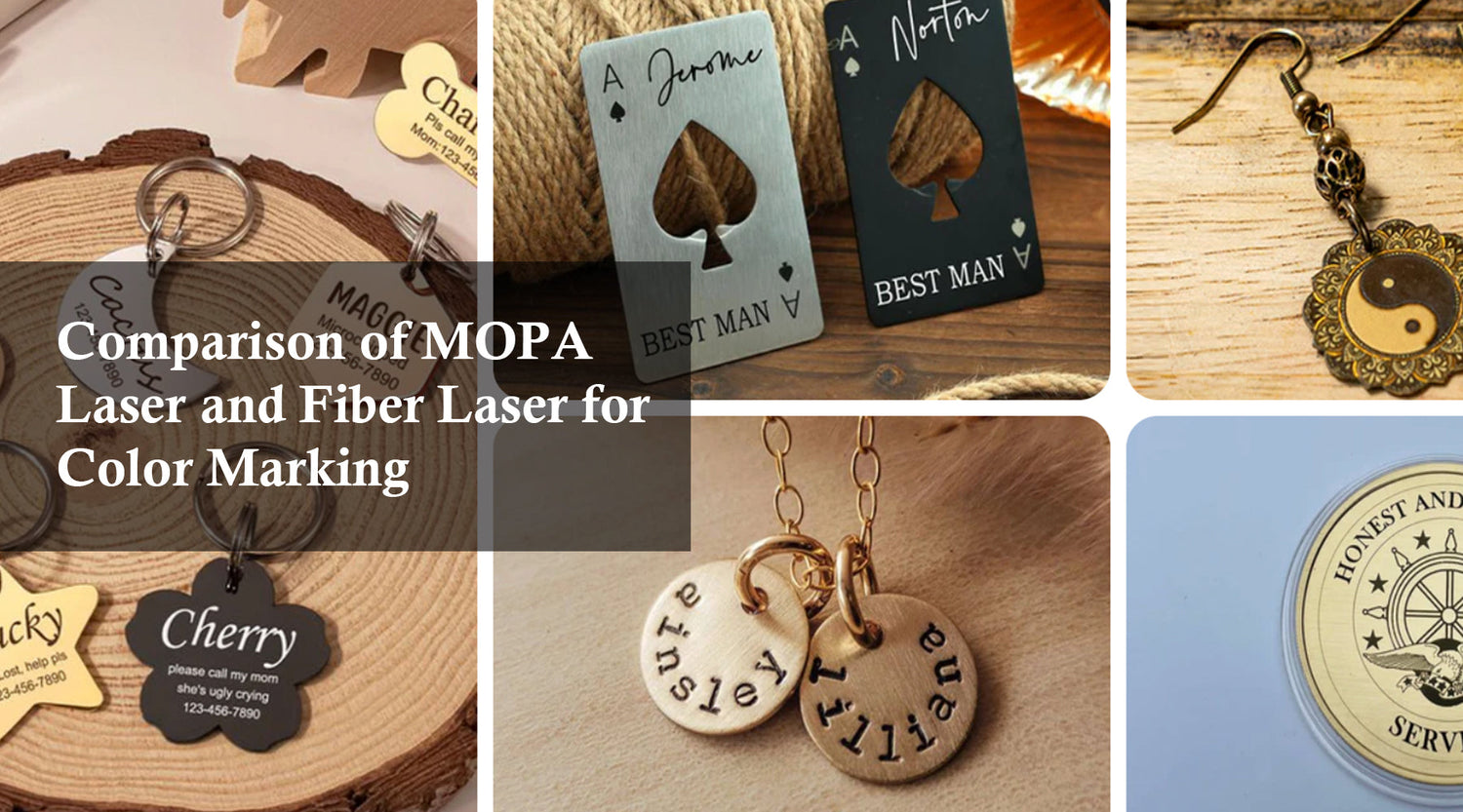In the world of personalized items, laser engraved keyrings have become a popular choice for gifts, promotional items, and personal keepsakes. Whether you’re running a small business or crafting for fun, creating high-quality keyrings using black acrylic laser engrave techniques is both rewarding and profitable.In this guide, we'll walk you through the process, provide tips, and explain why the Monport 80W Built-in Chiller CO2 Lasers Engraver & Cutter (36" x 24") is the perfect tool for the job when working with black acrylic sheet.
Why Choose Laser Engraved Keyrings?
Laser supplies for engraver cutter keyrings offer a durable and stylish way to create personalized products. Whether for corporate branding, wedding favors, or personal use, these keyrings stand out due to their precision and elegance. With the right laser supplies, you can engrave intricate designs that will last for years.
Benefits of Laser Engraved Keyrings:
- Durability: Laser engraving creates a permanent mark that won’t fade or wear off over time.
- Customization: You can easily customize each keyring with names, logos, or intricate designs.
- Versatility: Laser engraved keyrings are perfect for a wide range of occasions, from corporate giveaways to wedding souvenirs.
Working with Black Acrylic for Laser Engraving
Black acrylic sheet is one of the most popular materials for laser supplies, especially for creating keyrings. It offers a sleek, modern look and provides excellent contrast when engraved.
Advantages of Black Acrylic Laser Engraving:
- High contrast: Engraving on black acrylic results in a striking contrast that makes the design pop.
- Smooth finish: Black acrylic provides a smooth surface that allows for precise and clean engravings.
- Lightweight: Despite its durability, black acrylic is lightweight, making it ideal for keyrings.
Best Practices for Laser Engraving Black Acrylic
To achieve the best results when engraving black acrylic, follow these simple tips:
1. Choose the Right Machine The Monport 80W Built-in Chiller CO2 Lasers Engraver & Cutter (36" x 24") is an excellent choice for black acrylic laser engraving. Its powerful 80W laser allows for precise and clean cuts, and the built-in chiller ensures that the material doesn't overheat during the process.
2. Adjust the Power and Speed Settings
- Power: For black acrylic, start with a lower power setting to avoid burning or warping the material. Typically, 20-30% power works well for engraving.
- Speed: A slower speed (around 300-500 mm/min) will allow the laser to create a deeper and more defined engraving.
3. Use a Protective Masking Layer Applying a masking layer to the acrylic can help prevent smoke stains and reduce the need for post-processing. After engraving, simply peel off the masking for a clean finish.
4. Test Before Engraving Always run a test on a small piece of black acrylic to ensure your settings are correct before engraving your final piece.

Creating Laser Engraved Keyrings: Step-by-Step
Now, let's dive into the process of creating your own laser engraved keyrings:
Step 1: Design Your Keyring
- Software: Use graphic design software like Adobe Illustrator or CorelDRAW to create your design.
- Size: Standard keyring sizes range from 1.5 to 2 inches in diameter. Ensure your design fits within these dimensions.
Step 2: Prepare the Black Acrylic
- Cutting: Use your Monport 80W CO2 lasers cutter to cut the black acrylic into the desired shape for your keyrings. Circles, squares, or custom shapes are all possible with this machine.
- Masking: Apply masking tape to protect the surface of the acrylic from smoke and debris during engraving.
Step 3: Engrave the Design
- Settings: Adjust your laser engraver to the appropriate power and speed settings for black acrylic.
- Engraving: Place the acrylic sheet in the engraver, and start the engraving process. Watch closely to ensure everything is running smoothly.
Step 4: Assemble the Keyring
- Finish: After engraving, remove the masking tape and clean the acrylic with a soft cloth.
- Attach: Attach a keyring loop or chain to the acrylic piece to complete your laser engraved keyring.
Important Details to Remember
- Safety First: Always wear protective eyewear and follow safety guidelines when using the laser engraver.
- Ventilation: Ensure proper ventilation in your workspace to avoid inhaling fumes from the engraving process.
- Maintenance: Regularly clean the laser engraver's lens and mirrors to maintain optimal performance.

FAQs
Q: Can I engrave other materials with the Monport 80W CO2 Lasers Engraver?
A: Yes! This versatile machine can engrave and cut a wide variety of materials, including wood, glass, leather, and more.
Q: How do I prevent smoke marks on black acrylic?
A: Applying a masking layer before engraving can help prevent smoke stains. You can also reduce smoke by adjusting your laser’s power and speed settings.
Q: Can I create multi-layered designs on black acrylic?
A: Absolutely! You can engrave different layers or depths on black acrylic by adjusting the laser's settings, allowing you to create more intricate designs.
Q: Is black acrylic the only color suitable for laser engraving?
A: No, you can engrave on various acrylic colors, but black acrylic offers the highest contrast and a sleek, professional appearance.

Takeaways
- Laser engraved keyrings are a fantastic way to create personalized and durable items.
- Black acrylic laser engraving provides a striking contrast and a smooth, professional finish.
-
The Monport 80W Built-in Chiller CO2 Lasers Engraver & Cutter (36" x 24") is an excellent tool for working with black acrylic, offering precise cuts and engravings with laser supplies.
Conclusion
Creating laser engraved keyrings using black acrylic sheet and laser supplies is an excellent way to produce high-quality, personalized items that stand out. By following the steps and tips outlined in this guide, you'll be able to create stunning keyrings with ease. Whether you’re a small business owner or a DIY enthusiast, investing in the Monport 80W CO2 laser supplies will elevate your projects and ensure professional results every time.












